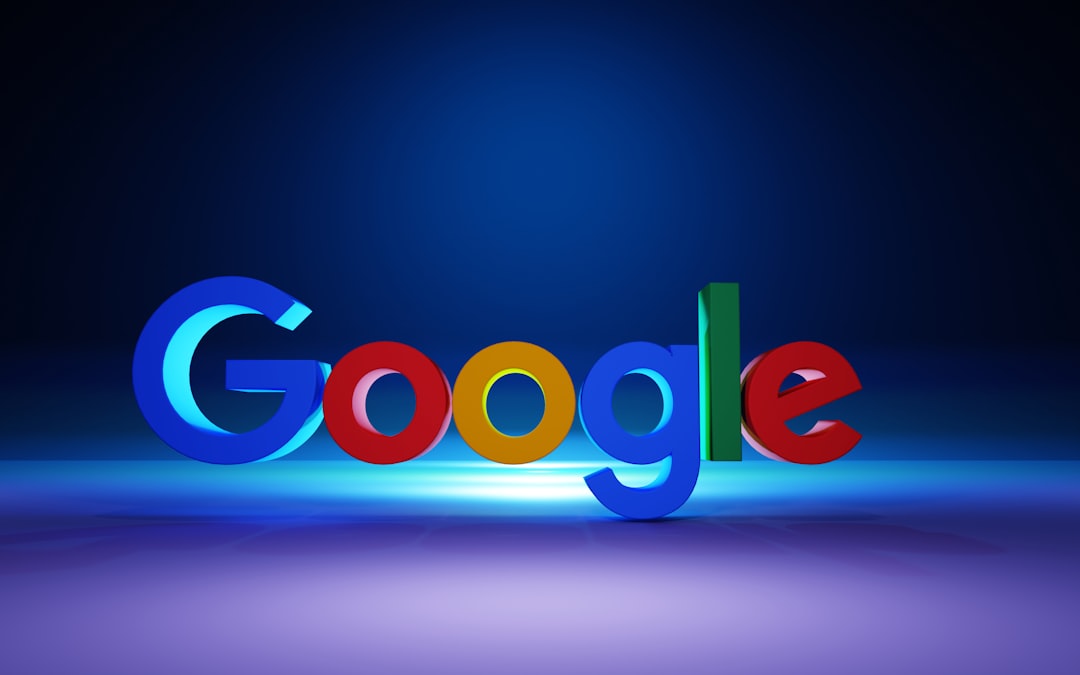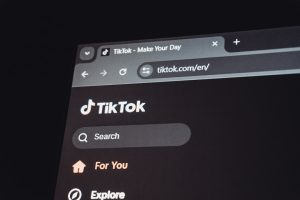
As Google Analytics 4 (GA4) continues to replace Universal Analytics, businesses are delving deeper into how traffic sources are attributed in this new analytics environment. One question that’s been gaining traction lately is whether “Google AI” appears as a referrer source in GA4. With the widespread use of Google’s AI technologies in search results, ad placements, and generative experiences like Google Search Generative Experience (SGE), it’s only natural that marketers and web analysts are asking where this traffic shows up in their analytics reports.
Understanding Referral Sources in GA4
In GA4, a referrer denotes the domain or source that sends traffic to your website. This is part of how Google organizes traffic into categories like Organic Search, Direct, Referral, and Paid Search. The source can be websites, search engines, or even new methods like AI-curated answers that refer users to specific websites.
With the rise of generative AI, particularly Google’s own AI models and search features powered by artificial intelligence, it’s important to identify how these sources are reported and named within GA4’s data ecosystem. This is especially relevant as AI-integrated searching becomes more commonplace, changing traditional user journeys.

Does “Google AI” Show Up As a Referrer?
Currently, “Google AI” does not explicitly appear as a referrer source in GA4. That means you won’t find a listing labeled “google.ai” or “Google AI” in your traffic source reports. However, that doesn’t mean traffic isn’t arriving from Google’s AI technologies — it just means it’s being categorized under different labels.
Instead, the traffic routed through AI-enhanced search features like the Google Search Generative Experience is often attributed to:
- google.com / organic – When users are interacting with generative answers within the normal Google search interface.
- google / organic – This is often aggregated and refers broadly to traffic from Google search.
- search.google.com – For some reference points, especially triggered from AI segments or widgets within Chrome or Gmail.
So while the term “Google AI” doesn’t show up as a labeled source or medium in GA4, the traffic from its AI-powered features is still present — captured under other familiar Google-related channels.
Tracking AI-Driven Traffic Accurately
If your goal is to measure how well your content is performing in response to AI-generated traffic, you might need to go a step further. GA4 provides tools like explorations and event tracking that allow for more granular filtering.
Here are some strategies marketers are using:
- Tracking new Referral Paths: Setting custom dimensions or filtering user paths that originated from lesser-known domains connected with Google’s new AI features.
- UTM Parameters: Using tagged URLs in content syndicated through AI tools and verifying how those values appear in GA4’s source/medium dimensions.
- Landing Page Analysis: Identifying high-performing pages with surges in traffic and then correlating that with possible releases or changes in Google’s AI-based search experiences.

How Google SGE Affects Traffic Attribution
Google’s Search Generative Experience (SGE), part of its AI development efforts, changes how users consume content. Unlike traditional search pages, SGE can generate detailed summaries, which sometimes include website links as citations. When a user clicks on one of these citations, they are taken to the source website — but this traffic behaves somewhat differently compared to standard search traffic.
Due to the design and delivery method of SGE, traffic might not generate the same referrer headers as a regular search click would. As a result, GA4 could classify some visits as:
- Direct Traffic: If the referrer gets stripped during the AI-generated click-through, the session may appear as direct traffic.
- Organic or Referral (Google): If headers are preserved, traffic may be lumped in with traditional organic or referral entries.
The Challenges with “Opaque” Referrers
As AI technologies evolve, they often operate in ways that obscure the traditional referral path. This lack of transparency makes it difficult to analyze traffic sources with pinpoint accuracy. It’s particularly problematic because:
- User journeys become shorter and faster through AI-generated answers, sometimes minimizing interactions with search results altogether.
- Link previews or paraphrased content may appear in results, which users can read without clicking on the original site, reducing measurable traffic.
- AI surfaces in other apps (like Android widgets or Discover cards) may indirectly refer traffic without generating standard headers.
This shift is pushing marketers to think beyond traditional analytics. They need to work with tools and strategies that are designed for a search future increasingly influenced by AI.
Best Practices to Stay Ahead
Until Google offers better support or labels for AI-originated traffic, organizations can take a proactive approach:
- Monitor New Google Domains: Keep an eye on emerging referrers related to AI.google.com or other test domains.
- Use Google Search Console: Combine GA4 with Search Console to identify search visibility patterns not fully represented in GA4.
- Check for Surges or Dips: Sudden traffic changes on informational pieces may indicate increased AI-driven exposure.
- Review Session Start Pages: Pages with high entrances but unclear sources may signal AI-assisted visits.
Future Outlook
It’s likely that in the future, Google will start labeling or logging AI-derived sources more clearly in GA4, especially as generative experiences become more embedded in daily search behaviors. Until then, marketers need to stay agile by combining analytics knowledge with a pulse on how Google’s AI is evolving.
Being able to connect AI-driven interactions back to website performance will become a key skill for digital marketing professionals. Understanding attribution in this changing environment is not only beneficial—it’s essential for staying competitive.
FAQ: GA4 and Google AI Traffic
- Q: Does GA4 show “Google AI” as a referrer?
A: No, “Google AI” does not explicitly appear in GA4 as a referrer. Traffic from Google’s AI features is generally grouped under typical Google channels like “google.com / organic”. - Q: How do we track traffic from Google’s Search Generative Experience?
A: Use landing page analysis, UTM-tagged links, and closely monitor patterns in organic traffic to infer whenever SGE drives traffic to your site. - Q: Will Google provide clearer attribution for AI traffic in the future?
A: It’s probable. As AI integrations become more standardized in search, analytics tools will likely adapt to offer better tracking for those sources. - Q: Can traffic from AI tools set as ‘Direct’ be actually AI-driven?
A: Yes, if AI-sourced links strip referral data or open in browsers without headers, it may appear as ‘Direct’ traffic. - Q: What should I do today to better understand AI-driven traffic?
A: Use a blend of tools: GA4, Search Console, content monitoring tools, and look for emerging referrer patterns tied to new Google URLs.






